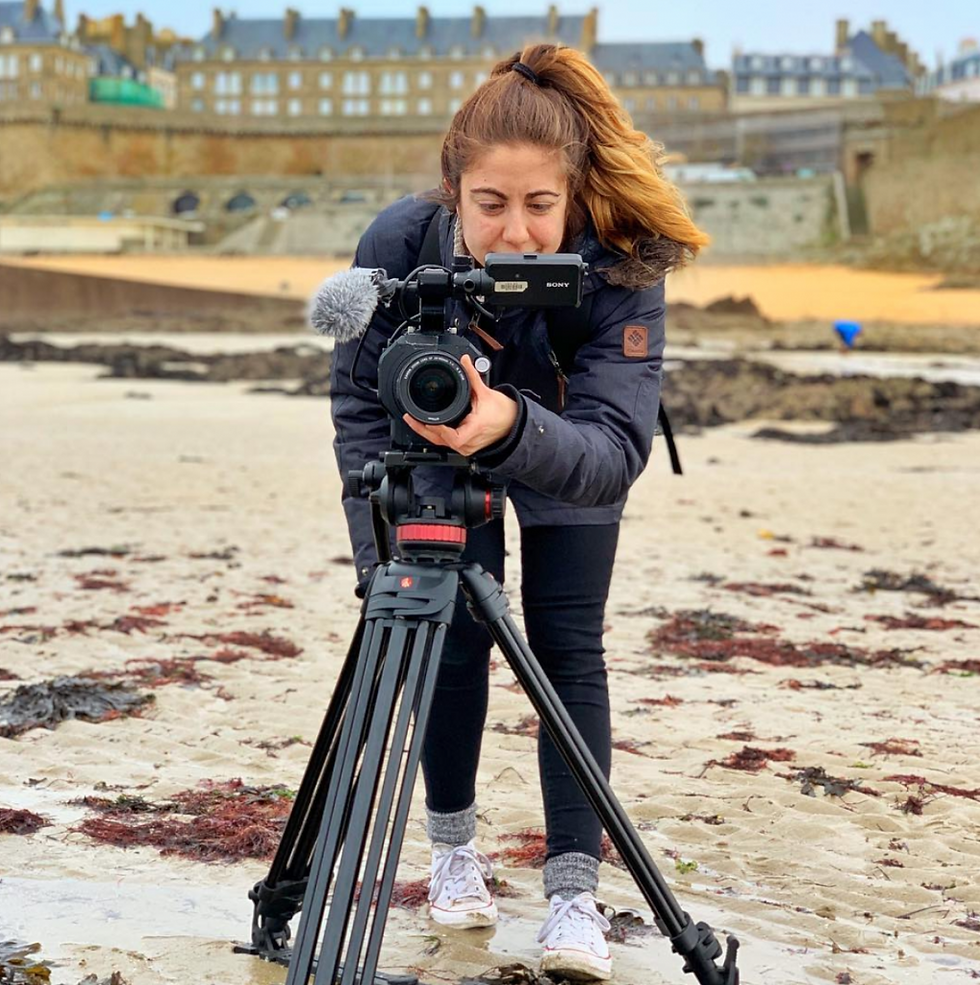Choosing social media for an in-depth approach to news
- Denby Weller
- Oct 28, 2021
- 3 min read
When Crystal Andrews realised that many young people relied entirely on social media for their news, she decided to take action.
Using Instagram as a base, Crystal set up a site that published explainer features, breaking down news stories and social issues for young Australians.
It’s aimed at those want to read beyond what’s published in traditional news channels, or that is usually available via social media. Established in 2019, Zee Feed has built a cult following of over 14,000 followers on Instagram.
Following the success of news-driven social media channels such as Vox or shityoushouldcarebout, Zeefeed is a new and emerging player catered specifically to the Australian audience.
A shift in news consumption behaviour
Crystal said she was inspired to create the account after a conversation with her younger sister.
“I realised that for the majority of young people, the bulk of where they were getting their news was from social media,” she said.
“The younger generation are not buying the newspaper. But they are not even going to news.com.au or The Sydney Morning Herald or the ABC website to get their news.”

Zee Feed’s founder, Crystal Andrews. Image supplied.
A 2020 report by Western Sydney University investigating news consumption behaviour found that more than 75 per cent of Australian teenagers saw social media as one of their primary sources of news.
Another issue that arises is the lack of news curation content caters towards the youth audience. The same report stated that while a majority of young Australians recognise the importance of following the news, they also believe that news media organisations neglect them and are biased.
Crystal acknowledges this gap in the current Australian news media. She started the Zee Feed Instagram account as a way to provide young adults, like her sister, with explanations on big news stories using her expertise in journalism.
The channel took a big win in 2020 when a post on the Black Lives Matter protest went viral and shared by celebrities and mainstream media outlets. Zee Feed’s following grew overnight.
Crystal said this event made her realise that “there is a need for this type of slower, context driven content in Australia”.
The channel leverages on the power of social media to take suggestions and feedback from its audience. Its news explainer series, which covers both domestic and international stories, receives constant engagement from young readers.
Challenges for a sustainable media channel
After establishing its brand, Zee Feed is looking to diversify its content to new platforms. The Debatable podcast series is an attempt from Crystal to break into the audio format, and she is also planning to start a Zee Feed YouTube channel.
“As a digital player, you can’t put all your eggs in one basket,” Crystal said. Zee Feed is currently based mostly on Instagram.
The tension is shared. Media publishers are struggling to play by the rules of big internet platforms. The constant change of regulations and monetisation models put media companies in a tough position to financially sustain.

Beryl Shereshewsky, a senior producer at Great Big Story. Image supplied.
Hackernoon, once the biggest technology publisher on Medium.com, made a decision to quit the platform because of changes in the paywall model.
Great Big Story, a video-based initiative by CNN, stopped their production entirely due to financial shortages on their YouTube channel.
Great Big Story senior producer Beryl Shereshewsky said media entities faced a common problem.
“It’s a million-dollar question, really, on how to keep your channel profitable. Your audience wants to access content for free, so most companies now have to rely heavily on endorsements or a paid-subscription model to be financially sustainable,” she said.
The challenge is apparent in the Australian news sector. The 2021 Digital News Report reveals that Australia has fewer people paying or willing to pay for news content than the global average. Only 13 per cent of Australians are paying for news content, and 49 per cent said they didn’t care about the financial state of the Australian news industry.
At Zee Feed, Crystal said she believed in free access for her readers.
“I don’t want to put any Zee Feed content under the paywall. I believe that people should have access to good and quality information,” she said.
Instead, Zee Feed is exploring a membership program.
“It means that everything is still free for everybody to read, but as a member you get a little something extra. For Zee Feed, we’re at the right spot where we hope that people will get enough value that they will keep it alive.”












Comments